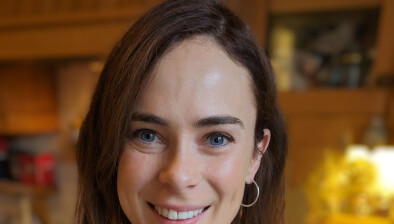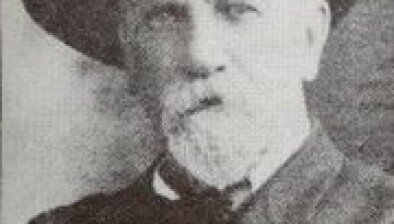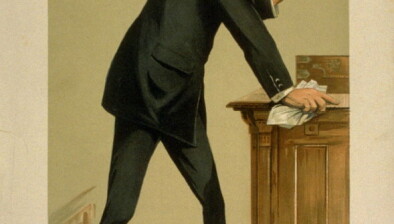Irish Legal Heritage: “The introduction of internment in Ireland… for 14-year-old girls”

In January 1992, a 14-year-old girl discovered that she was pregnant. The girl, now known as “X”, had been subjected to sexual abuse at the hands of her friend’s father since the age of 12, and when her parents were on a trip to Lourdes in August 1990, he raped her for the first time. (Ruadhán Mac Cormaic, The Supreme Court).
The girl told her parents about the abuse when she discovered she was pregnant as a result of being raped in December 1991, and it was reported to gardaí. The girl told her parents that when she found out she was pregnant that she wanted to kill herself by throwing herself down the stairs. The girl said the same to a member of the gardaí, and in front of another garda; when her father commented that the situation was worse than a death in the family, she commented: “Not if it was me.” (AG v X [1992] 1 IR 1)
The girl and her parents decided that she should travel to the UK to have an abortion, and asked the Gardaí “whether any particular process was available for testing the foetus so aborted in order to provide proof in any subsequent charge of the paternity of the accused”. (AG v X [1992] 1 IR 1). The DPP was informed, who then informed the Attorney General – raising an issue with the Eighth Amendment to the Constitution.
On 7 February 1992, the Attorney General applied ex parte for an interim injunction restraining the girl and her parents from leaving Ireland to arrange or carry out a termination of the pregnancy. In the High Court, Justice Costello granted the interim injunction and on 17 February 1992, he restrained the girl and her parents from “interfering with the right to life of the unborn”, from leaving the jurisdiction for a period of nine months, and from “procuring or arranging a termination of pregnancy or abortion either within or without the jurisdiction”.
Justice Costello said that the evidence established that granting the injunction would create a risk that the girl may take her own life, but that this risk was “much less and of a different order of magnitude than the certainty that the life of the unborn will be terminated if the order is not made”.
The judgment prompted Martyn Turner’s famous cartoon in the Irish Times, in which a girl holding a teddy-bear stands surrounded by barbed wire – with the words: “the introduction of internment in Ireland… for 14-year-old girls”. Mac Cormaic writes that the cartoon was “instrumental in the family’s decision to fight the High Court decision”, and that the girl and her mother later asked for the original, which was then used to raise funds for the Rape Crisis Centre (Ruadhán Mac Cormaic, The Supreme Court).
The Supreme Court overturned the decision of the High Court, and delivered its judgment on 5 March 1992. Chief Justice Finlay, Justice McCarthy, Justice O’Flaherty, and Justice Egan agreed that the could not interfere with the constitutional right to travel, that the girl could not be lawfully prevented from leaving the state, whatever her purpose for doing so. The majority of the Supreme Court also concluded that the true interpretation of Article 40.3.3 of the Constitution was that a termination is permissible if it is established that, as a matter of probability, there is “a real and substantial risk to the life, as distinct from the health, of the mother, which can only be avoided by the termination of her pregnancy”.
Dissenting from the majority, Mr Justice Hederman said that if the court could not restrain the girl from travelling, it could not effectively discharge it’s constitutional obligation of protecting the unborn life.
In 1994, the man who raped X was sentenced to 14 years’ imprisonment, reduced to four years on appeal. The man, named in 2003 as Sean O’Brien, served just three years before he was released. In 1999, he was imprisoned again for the sexual assault of a 15-year-old girl in his taxi.










